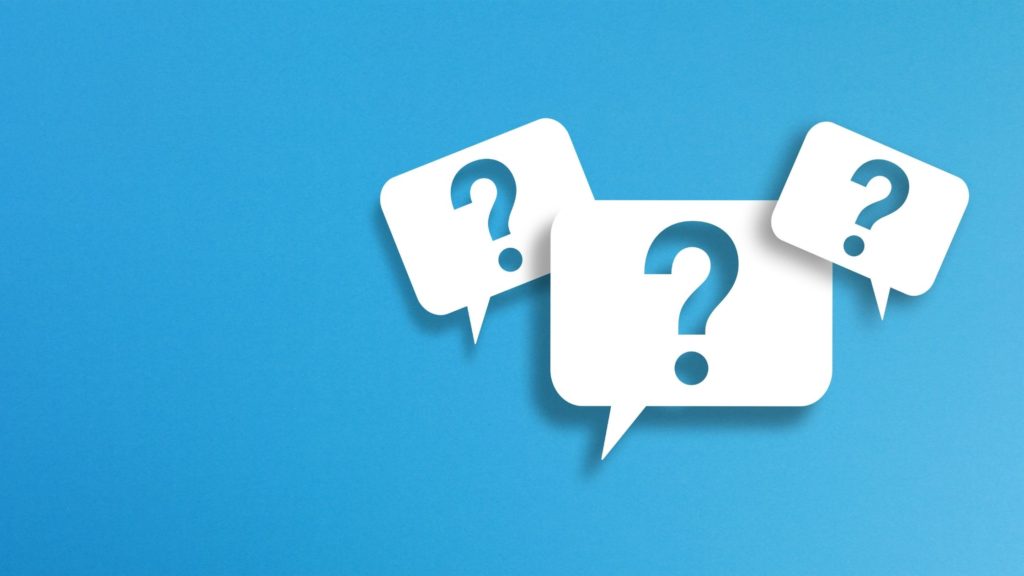Crafting intelligent customer journeys with Poetype and Dotdigital

At Poetype, we don’t just implement marketing automation; we create intelligent, customer-centric strategies that drive real business results. Our focus isn’t limited to a single KPI. Instead, we concentrate on crafting exceptional customer experiences across every touchpoint. In today’s fast-paced digital landscape, it’s essential to build meaningful and relevant communication throughout the customer journey, and dotdigital provides the perfect platform to help achieve this.
Our approach begins with a thorough customer journey analysis, which serves as the foundation for all our work. This analysis ensures that every message is not only well-timed but also contextual, giving automated communication a natural flow. By doing so, we avoid the pitfalls of the traditional, one-size-fits-all approach—like the standard abandoned cart emails that can often feel repetitive or intrusive.
We structure our work into three phases: basic, advanced, and optimization and expansion. This phased approach stands apart from the conventional project-based or static retainer models. Unlike traditional methods that focus on short-term outcomes or a flat monthly fee, our model is flexible and evolves with a company’s changing needs. This ensures continuous improvement and long-term success in marketing automation.
The importance of structured marketing automation
Mapping the customer journey is crucial for delivering exceptional experiences. It compels brands to consider every touchpoint and the context driving each interaction. The more effectively you understand your customers’ context, the better you can communicate with them in a relevant and meaningful way.
Context is everything. Take, for example, a major online retailer we work with that offers home delivery. In this case, ensuring customers are home at the time of delivery is crucial. If the delivery isn’t received, the company must either reschedule (resulting in an extra fee for the customer) or leave the package outside, which might work fine for suburban customers but can be problematic for those living in urban apartment complexes.
Initially, the retailer sent evening delivery notifications on the same day, but exclusively through email. Customers who didn’t open the email were often unaware they needed to be home. By understanding the context of this touchpoint, we enhanced the customer journey by sending an SMS reminder to those who hadn’t opened the email within the first hour. This small, context-driven adjustment resulted in a significantly improved customer experience, fewer missed deliveries, and higher satisfaction.
Poetype’s three-phase marketing automation framework
At Poetype, we’ve developed a structured approach to marketing automation that unfolds in three distinct phases: basic, advanced, and optimization and expansion. Each phase builds on the last, ensuring that companies establish a solid foundation before scaling and refining their customer journeys.
- Basic phase: This phase is all about laying the groundwork. We start by analyzing the automations and messaging that are necessary for the business. Through fast-paced sprints, we set up core automations like welcome series, transactional emails, behaviour-based and essential triggers across all mapped customer touchpoints.
- Advanced phase: Once the foundational automations are in place, we shift our focus toward advanced segmentation. At this stage, we implement a more segmented approach that includes macro segmentation and scale micro segmentation. Macro segmentation encompasses broader customer categories that need different communication across all automations such as RFM (Recency, Frequency, Monetary) groups, product types (e.g., Mountain bike vs. Racing bike), or customer origin (store vs. webshop). Micro-segmentation captures meaningful segmentation based on recent customer interactions. This approach enables highly personalized interactions that align with individual customer behaviors.
- Optimization and expansion phase: The final phase focuses on optimizing the existing setup and continually refining automations for greater personalization. This is where testing, A/B experiments, and ongoing improvements become crucial. Expansion involves scaling automations to new segments or channels, ensuring the strategy grows alongside the business. This can include integrating new channels like SMS, implementing new customer journeys based on updated data, or expanding the scope to support new products and services.
By continuously aligning automations with evolving customer behaviors, businesses can ensure their strategies remain flexible, relevant, and effective.
Creating effective customer journeys
At Poetype, our customer journey model consists of six core phases:
- Awareness: This is where potential customers learn about the brand for the first time.
- Consideration: Customers evaluate options and do their research.
- Conversion: Customers make their purchasing decision.
- Service: The phase after purchase, where customers receive their product and support.
- Retention: Retention focuses on bringing customers back to consideration after their purchase through continuous communication, which hopefully results in improved brand recall and retention rates.
- Ambassador: Ambassador status is achieved when customers are so satisfied that they begin recommending your brand to others. This generates more awareness and completes a flywheel of retention that drives growth.
Each of these phrases includes numerous touchpoints, each with its own set of contexts, challenges, and opportunities. At every touchpoint, we evaluate the following:
- Customer activity or context: What is the customer doing at this point?
- Customer obstacles and goals: What is the customer trying to achieve, and what might be standing in their way?
- Business objectives: What is the brand’s goal at this touchpoint?
- Key performance indicators: How do we measure success for both the customer and the business?
- Marketing automation and performance indicators: How do we at Poetype measure the success of the automation at this specific point?
- Data and triggers: What data do we have to inform our actions, and how can we use triggers to optimize the experience?
Building the future of customer journeys
Creating meaningful customer experiences requires more than just quick fixes or one-off campaigns. At Poetype, our framework ensures that businesses can structure their marketing automation in a way that fosters long-term success. By partnering with Dotdigital and adopting a phased, flexible approach, businesses can ensure that they remain relevant, agile, and customer-centric as they grow.
Looking ahead, the future of marketing automation will be driven by deeper personalization and smarter use of data, but it falls flat if let alone and not based on a continuous refinement of the contextualized customer journey. Now is the time for businesses to embrace this opportunity and make every customer interaction count.



